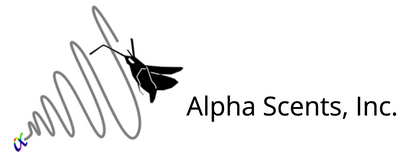Citrus Leafminer
- Citrus Leafminer - Center for Invasive Species Research, University of California, Riverside
- Featured Creatures - University of Florida IFAS
- South Texas Citrus Alert
A Case for Monitoring and Management
- Native to Asia; present in North & South America, Middle East
- Larvae feed on newly emerged leaflets of flush growth
- Leaf mining compromises vegetative vigor
- Trees younger than four years old particularly susceptible
Citrus leafminer (CLM) was first identified in Florida in May 1993, subsequently in Texas, Alabama and Louisiana in 1994 and California in 2000. Infestations and foliar mining are most severe on late summer and early fall growth flushes and is most severe in young trees.
CLM deforms leaves and reduces the photosynthetic capability of plants. From an aesthetic and marketing concern, it is especially problematic in citrus grown for the fresh market since CLM mines can also be found on fruit.
For effective intervention with insecticides, it is necessary to monitor CLM moth flights throughout the growing season.
A paper or plastic delta trap can be used to monitor CLM populations. Another option is the wing trap.
Alpha Scents has recently received a Texas State Registration for MalEx™ CLM - an Attract & Kill product which is hand applied as a 50 microliter droplet directly to citrus foliage. The MalEx CLM formulation consists of a pheromone which attracts male moths and the active ingredient imidacloprid which kills the insect when it tries to mate with the droplet.


